NORTH WALES COAST RAILWAY :NOTICE BOARD
Rheilffordd arfordir gogledd Cymru: Hysbysfwrdd
Home | Notice Board | Contributions | Travel Info | Calendar | History | Route Guide | Trains and Traffic
01 December 2025




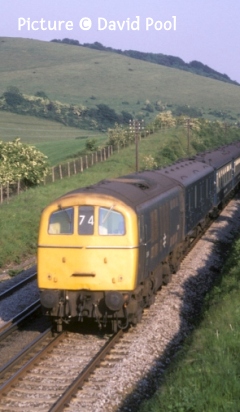
Forthcoming events
See our Calendar Page for operator details.
December 2025
Monday 1 December Midland Pullman Edinburgh Christmas Pullman from Bangor to Edinburgh
Thursday 4 December Clwyd Railway Circle 'Railways & Tramways of the Isle of Man' Geoff Morris.
January 2026
Altrincham Electric Railway Preservation Society Friday 9 January John Hooley "A Midlands Miscellany".
February 2026
Friday 13 February Altrincham Electric Railway Preservation Society Paul Shackcloth "People and Places 8".
Other useful sites:
For up-to-date North Wales information
join the North Wales Trains News group
North Wales Coast Railway website created and compiled by Charlie Hulme
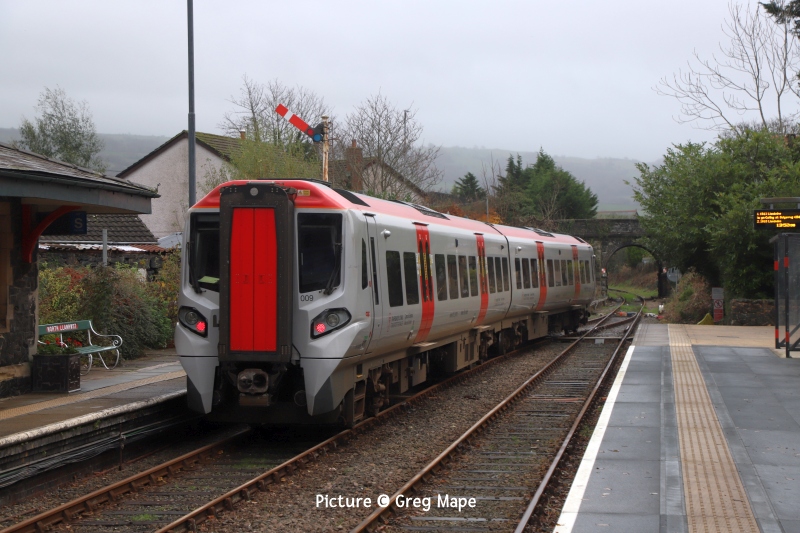
North Llanrwst on 26 November on the 13:15 Llandudno - Blaenau Ffestiniog with 197 009 (Greg Mape). TfW have closed the line and the Heart of Wales line on 1 December due to a bad weather forecast.
There will be no update on 8 December.
News Pictures
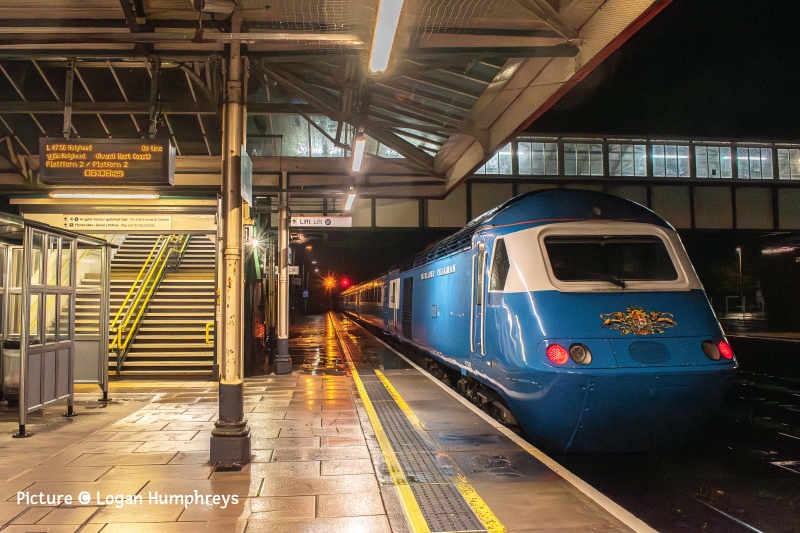
43 049 prior to departure from Bangor with 1Z43 to Edinburgh 'Christmas Pullman' on 1 December. 43 055 were on the head. (Logan Humphreys)
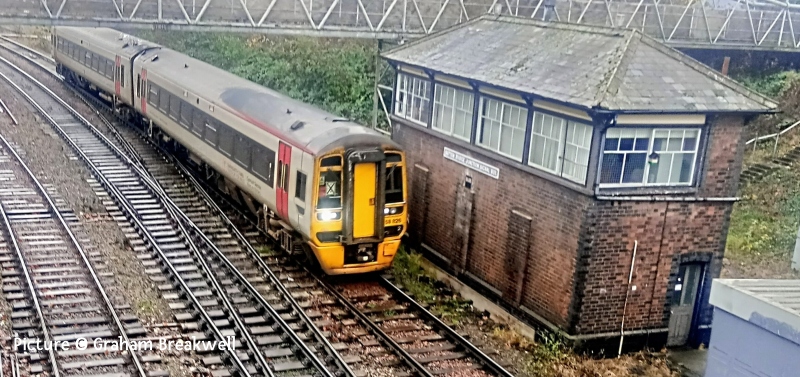
On a murky Monday 1 December 158 825 was moved from Machynlleth Carriage Sidings to Cardiff Canton for attention – maybe tyre flats, given the 40mph speed limit of 5Z84 on RTT. Seen here at Sutton Bridge Junction heading south after reversing in Shrewsbury station. The X notice in the front window means movement that it cannot cannot be connected to another unit (Graham Breakwell).
Abandoned unit - part 2
Further to the note in the last issue about the 'Abandoned' TfW unit at Stockport, Lee Stanford has written an explanation for us of of what happened. On the afternoon of 15 November 197 111 was working the 15:42 Llandudno to Manchester Airport which was terminated at platform 3 (the main through line) at Warrington Bank Quay with traction problems. I believe the plan was to send it to Chester via Helsby but this was cancelled. It was then decided to send it to Crewe via Manchester leaving at 21:44 but for reasons I do not know it got no further than platform 3A at Stockport arriving at approx 23:00. Prior to this move it was blocking the northbound platform 3 at Warrington for almost 4 hours. It left Stockport at 22:14 on the evening of 19 November bound for its home depot at Chester running under headcode 8X11 which could mean it was on a 'wheel skate' but I don't know. Does anyone?
And .. that troublesome train
The troublesome Britannic Explorer stock was moved from Eastleigh to the Assanta works in Hamilton to attention on 25 November and loco 59 003 was allocated. Whilst en route a decision was made to divert it to Tuebrook in Liverpool for a loco change to 66 732, reason believed to be that 59’s have not been gauged for Scotland but verification of this is sought. However the power box at Warrington seemed unaware of this change as the train was signalled north at Winwick junction so the driver stopped at a green light waiting for the correct route up Vulcan bank to be set.
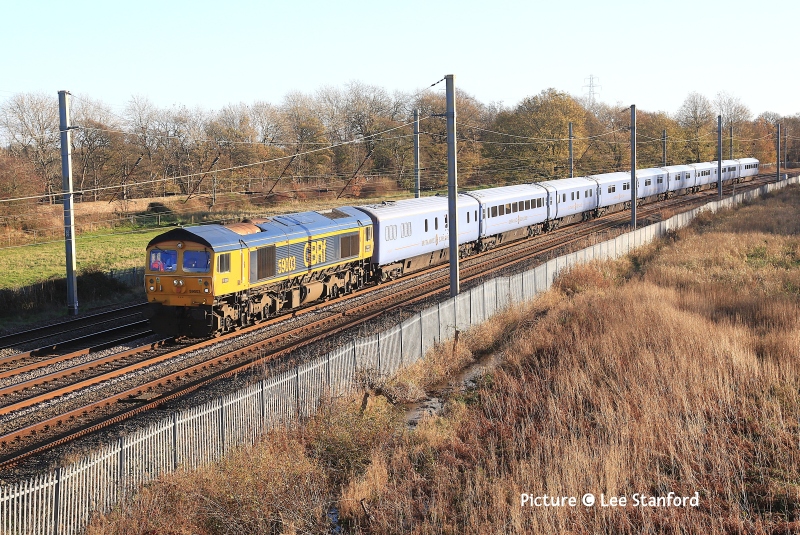
Photos of it approaching Winwick ...
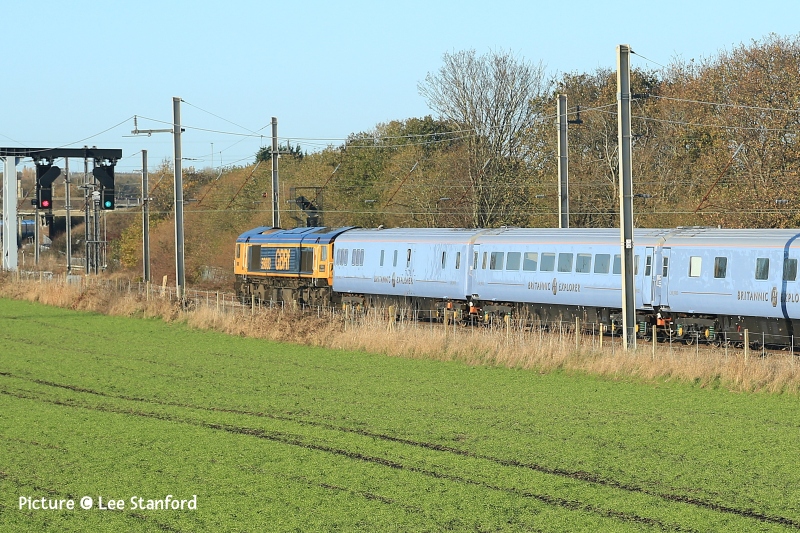
... and then stood at the green signal waiting for the route to be changed.
From Dave Sallery's archive
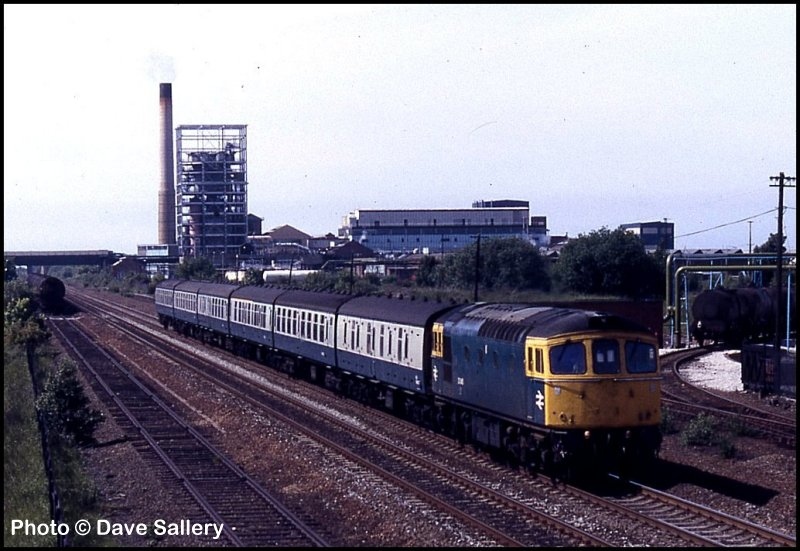
33 045 passes the Courtaulds complex at Greenfield on a Holyhead - Crewe train, 19 June 1985
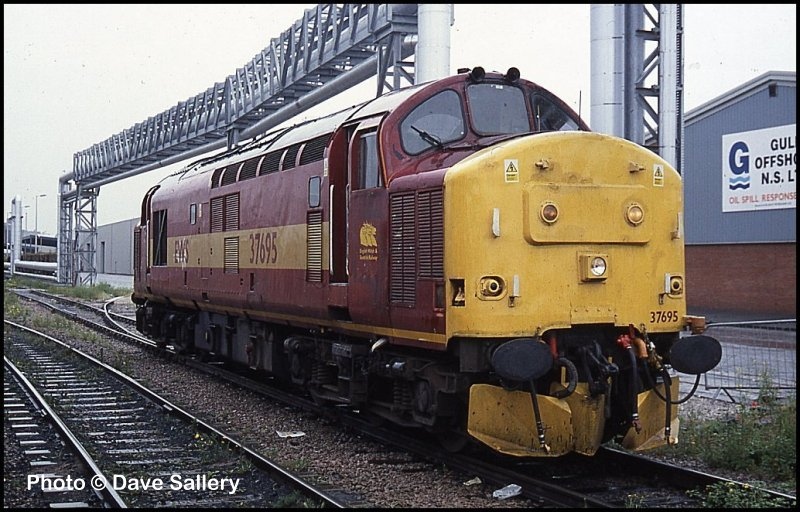
37 695 in the Liverpool docks complex in June 2003.

Prince passing Boston Lodge with the quarrymen’s train, Ffestiniog Railway.
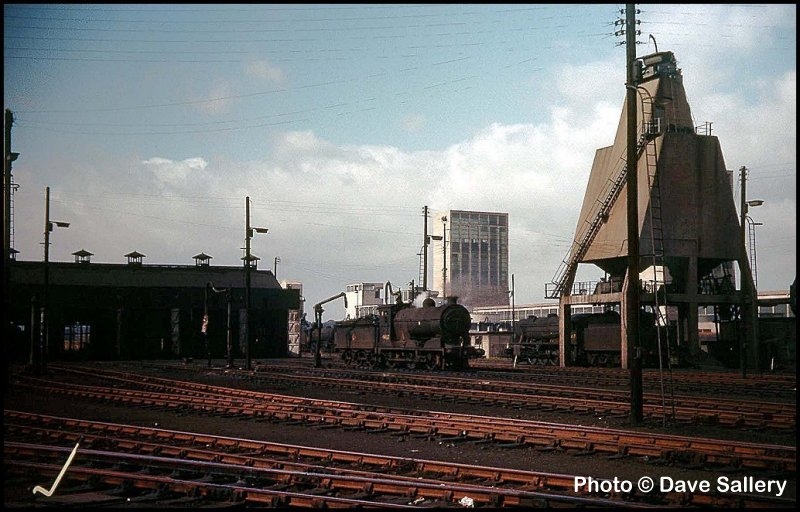
Thornton Junction, 62A shed yard in August 1966.
Looking Back: Kent and Quainton Road 1970 - by David Pool
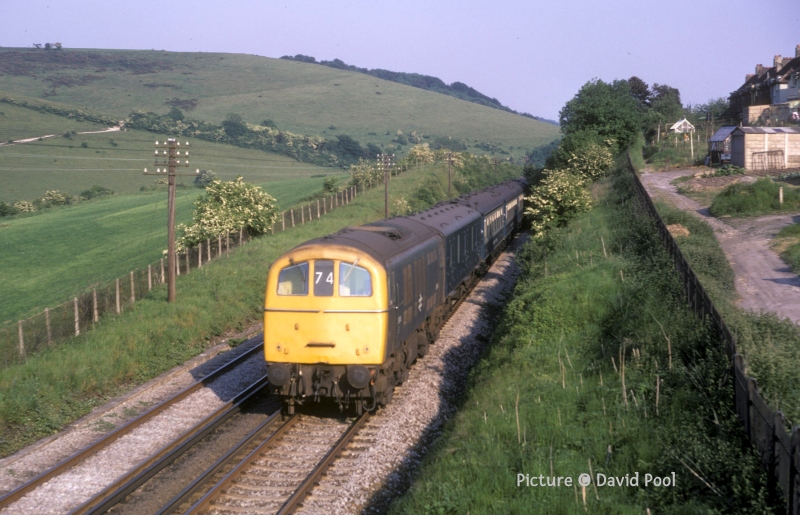
On
5 June 1970 at Lydden the Golden Arrow was travelling to
Victoria via
Chatham, with headcode 74. I was rather disappointed
that E5014
did not have the usual headboard with flags.
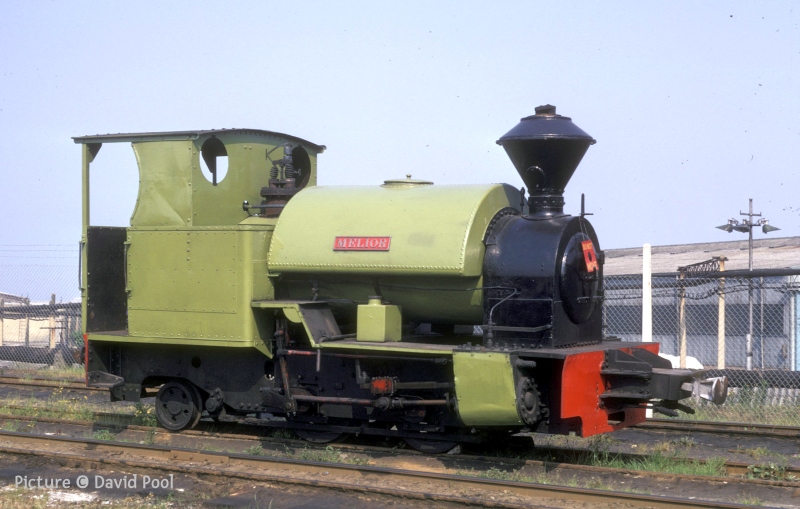
The
following day I moved on to North Kent, visiting the
Sittingbourne
and Kemsley Light Railway. This had provided a service
for the
Bowater paper mills until 1969, and was now operating as
a Preserved
Railway with the original rolling stock and locomotives.
Melior
was built by Kerr Stuart, Works No.4219 (1924), being a
development
of the earlier “Brazil Class” locomotives.
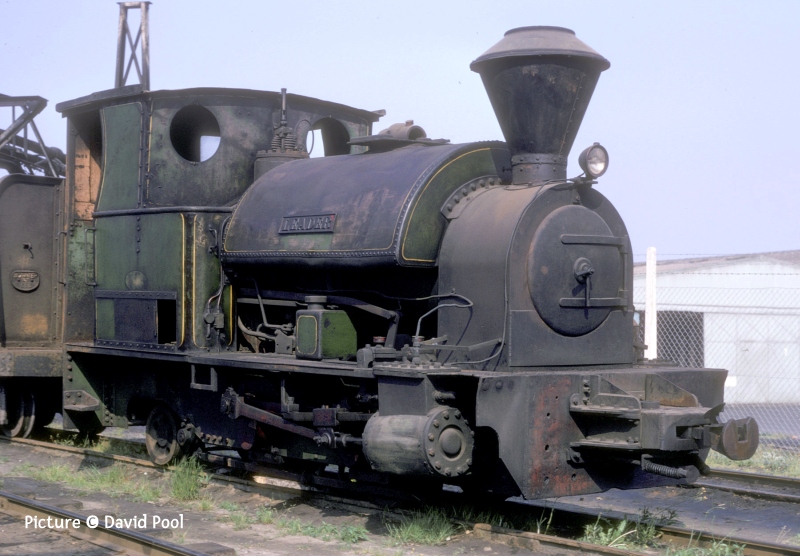
Supplied
for the opening of the line in 1905, Kerr Stuart No.926
Leader
was No.2 in the Bowater Railway, but was withdrawn
shortly before the
other locomotives and stock went into Preservation.
Fortunately it
had then been purchased and returned to Sittingbourne,
where it was
awaiting restoration.

The
newest steam locomotive at Sittingbourne was Superb,
built by W G Bagnall, Works No.2624 (1940). This
locomotive visited
the Welshpool and Llanfair Light Railway in 2017 and
2018. The line
at Sittingbourne is unusual for a Preserved Railway in
that it ran
through what was an industrial complex, including a
concrete viaduct,
but over the years the local developments and closures
have led to
the line having to be truncated and partly closed. The
remaining
part of the line appears now to have a secure future as
a Preserved
Railway. In 1970 there was perhaps less focus on
passenger safety,
but the children on the coach steps were well behaved as
it left the
station!

The
branch line from Sittingbourne to Sheerness was
electrified in 1959,
after the connecting branch to the Sheppey Light
Railway, which
terminated at Leysdown, closed in 1950. The Kingsferry
bridge at
Swale is an impressive vertical lift bridge built in
1959, and on 6
June 1970 the 1716 from Sheerness to Sittingbourne was
three 2-HAP
(later Class 414) 2-car units 6038,
6006 and
6039. The
Kingsferry bridge is still open, but the main road to
Sheerness is
now via the new Sheppey Crossing.
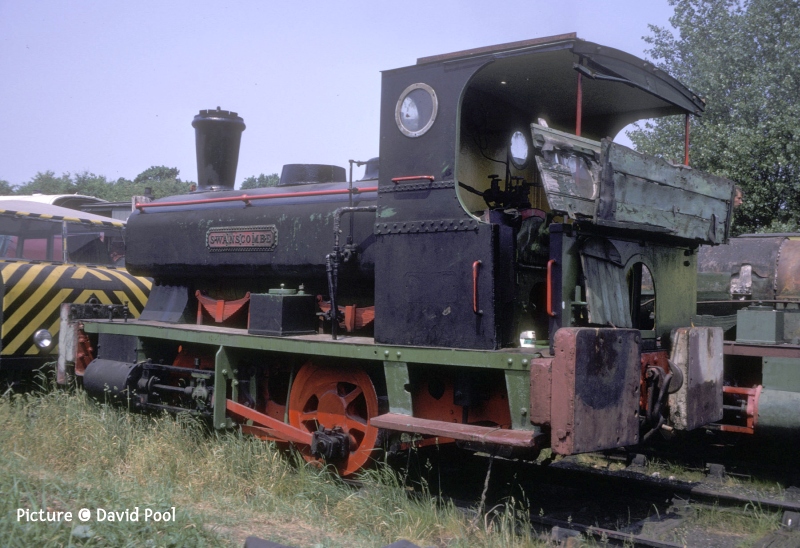
There
were a large number of locomotives awaiting restoration
at Quainton
Road at the time of my visit on 7 June 1970. I was
surprised at the
size of the site, which of course is adjacent to the
freight line
running North from Aylesbury. The first item which
caught my eye was
a Saddle Tank Swanscombe. This had been built by Andrew Barclay in
1891 (Works No.699), and is
apparently the oldest standard gauge Andrew Barclay
locomotive in the
UK. It spent most of its working life at West Thurrock
in Essex,
before being withdrawn and bought for Quainton Road in
1965.
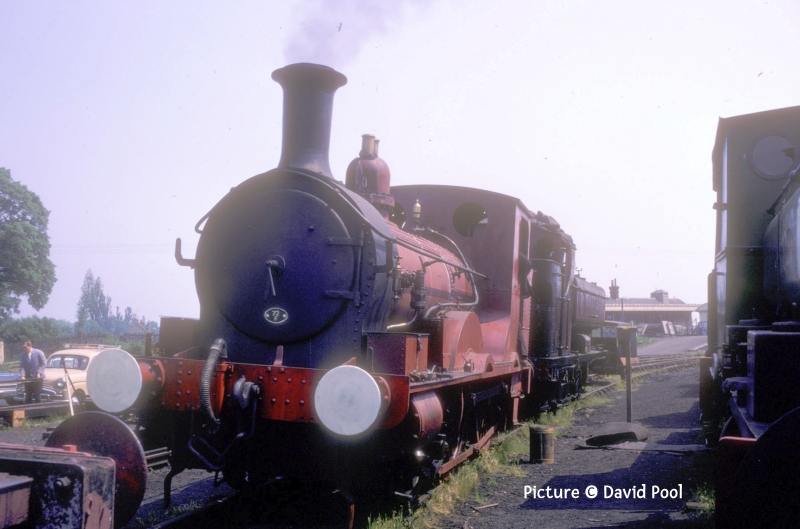
There
were other Industrial steam locomotives to be
photographed, but my
main interest was in the Beattie Well Tank from the
Wenford Bridge
line in Cornwall. This had been built by Beyer Peacock
in 1874 for
the London and South Western Railway, becoming 3314
in the Southern Railway and finally 30585
with British Railways.
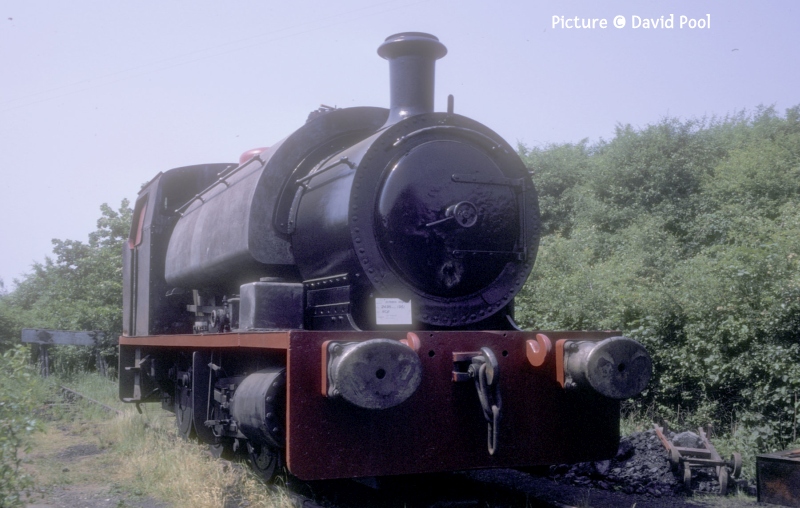
A relatively modern exhibit was Yorkshire Engineering Co. No.2498 (1951), which had been built for a steel company near Sheffield, but suffered problems with firebox stays and was replaced by a diesel locomotive in 1959. It was then sold to the NCB for work at Chislet Colliery in Kent. The Colliery closed in 1969, when the locomotive moved to Quainton Road, where it acquired the name Chislet.
Home page | Archive | Previous Notice Board